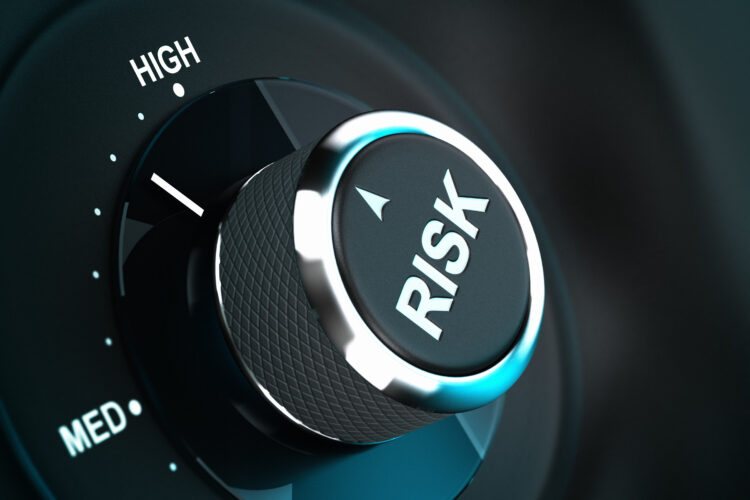The arrival of Covid-19 two years ago posed a serious and more difficult threat to most enterprises’ existence. The importance of business continuity management (BCM) in reducing possible hazards, speeding recovery, and meeting customer expectations has become critical for every firm, regardless of size, business vertical, government, or private entity. BCM is a methodology for determining an organization’s risk of being exposed to both internal and external threats. The purpose of BCM is to give the organization the capacity to respond effectively to risks such as pandemics, natural disasters, and data breaches while also protecting the organization’s commercial interests. Disaster recovery, business recovery, crisis management, incident management, emergency management, and contingency planning are all included in BCM.
When done correctly, BCM may provide any organization a competitive advantage. This is especially true if a disruption affects an entire group segment and you are able to respond or recover faster than your competition, reducing consumer inconvenience. When it becomes evident that you excel at dealing with operational disturbances, your brand will gain trust and certainty, allowing you to position your organization as a preferred alternative for your clients and even bolstering confidence and increasing shareholder value. This is no different in being a trusted government entity, department, or agency.
Understanding continuity and preparedness requirements, establishing business continuity management policies and objectives, implementing and operating controls and measures for managing an organization’s overall continuity risks, and continual improvement based on objective measurements are all covered by one internationally recognized standard, that being ISO 22301. The standard highlights the need of meeting and exceeding customer expectations in order to secure business longevity and revenue development.
It is critical that the thought leadership and every level of the organization understand the importance of readiness and continuity.
The most crucial part of developing a BCM is clearly articulating stakeholder demands; consequently, consumers must receive special attention because they are critical to the organization’s success. Focusing on customer needs will also allow the BCM to be fit for its purpose and provide the organisation with a clear picture of process criticality. As a result, you can expect positive results if you design and implement the business continuity plan from a customer’s perspective to drive the business impact analysis. Understanding your customers’ demands is critical to determining where you add value to them, as it allows you to prioritise and determine how much downtime is tolerable in various areas before affecting your bottom line.
Be S.M.A.R.T. about creating strategies and objectives for business continuity management.
Doing this guarantees that objectives are defined and matched with customer-oriented criteria. Internal and external dependencies that may have the greatest impact on an organization’s consumers are identified when policies and objectives are developed. Customer objectives should attempt to surpass consumers’ expectations rather than merely satisfying their requirements. As a result, any organization should make sure to provide top-notch quality consumer objectives. The goal of this setup is to ensure client retention, brand image, and eventually revenue growth.
There exists the importance of putting in place operational controls and procedures to manage an organization’s overall continuity risks.
Following the identification of customer demands and the establishment of essential policies and objectives for the organization, the next stage will be to implement controls that address and mitigate the identified risks. Because risks and changes are unavoidable in the environment in which your organization operates, a systematic approach to putting in place controls to reduce hazards is required. Setting up disaster recovery sites, business continuity strategies, and business continuity procedures are examples of these controls. Lack of these will eventually cause an organization to fail, leaving clients with little choice but to shift to competitors who will provide better choices, or at minimum a choice.
It’s a cycle of continuous development and improvement.
Continuous improvement is a continuous, cyclical endeavour to enhance goods, services, or processes. Processes are assessed and adjusted on a regular basis based on their efficiency, effectiveness, and adaptability to changing consumer requirements and business circumstances. Organizations employ a variety of approaches to structure the process of recognising and acting on opportunities for improvement. Six Sigma, Kaizen, Lean, and the Toyota Production System are examples of prevalent approaches. Although these approaches differ, they all share a common foundation in the continuous improvement paradigm and principles.
Small tweaks, rather than significant paradigm leaps or new breakthroughs, lead to improvements. One percent improvement a month leads to a 12% improvement annually. Employee suggestions are quite helpful. When Employees take ownership and are involved in incremental changes, which are often affordable to execute, improvement occurs.
And finally…one more thought.
Customers are the lifeblood of every organization, and this is something that every organization understands, or should understand. As a result, their pleasure is critical to the organization’s success, which may be secured by providing exceptional customer service. Customer happiness, brand image, and revenue growth have all been shown to improve when BCM is implemented. BCM is critical in this age of unpredictability, and enterprises are encouraged to use it to provide corporate stability and sufficiency for ever-changing client demands.
The Michael White Group International is an approved PECB ISO Standard(s) training provider. It all starts with a conversation.
Plan the Work. Work the Plan.
Reach out. We can help.
Should your Municipality need assistance, contact Michael White Group International today, and we will be happy to answer your questions. Visit michaelwhitegroup.com/contact/









.png)



